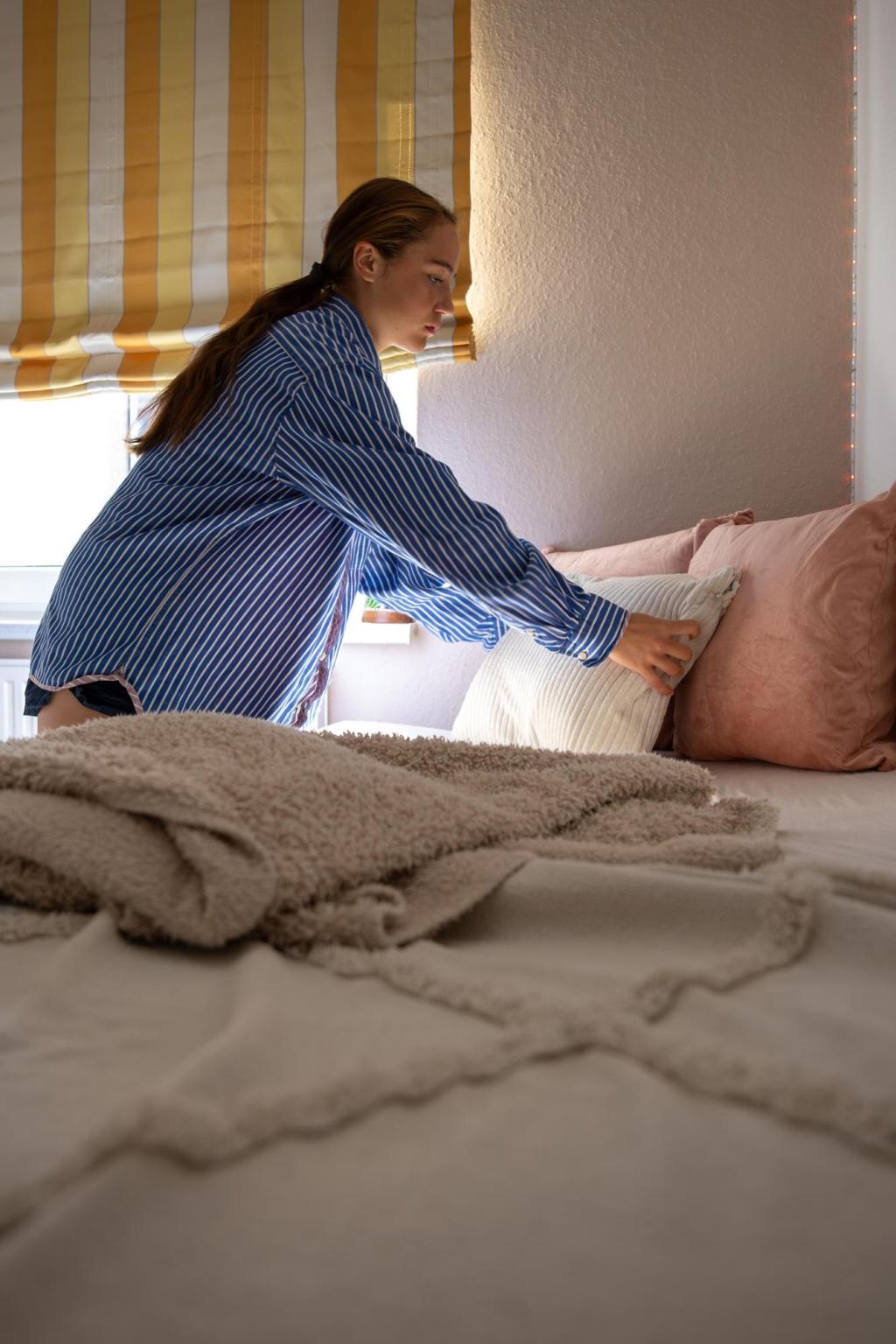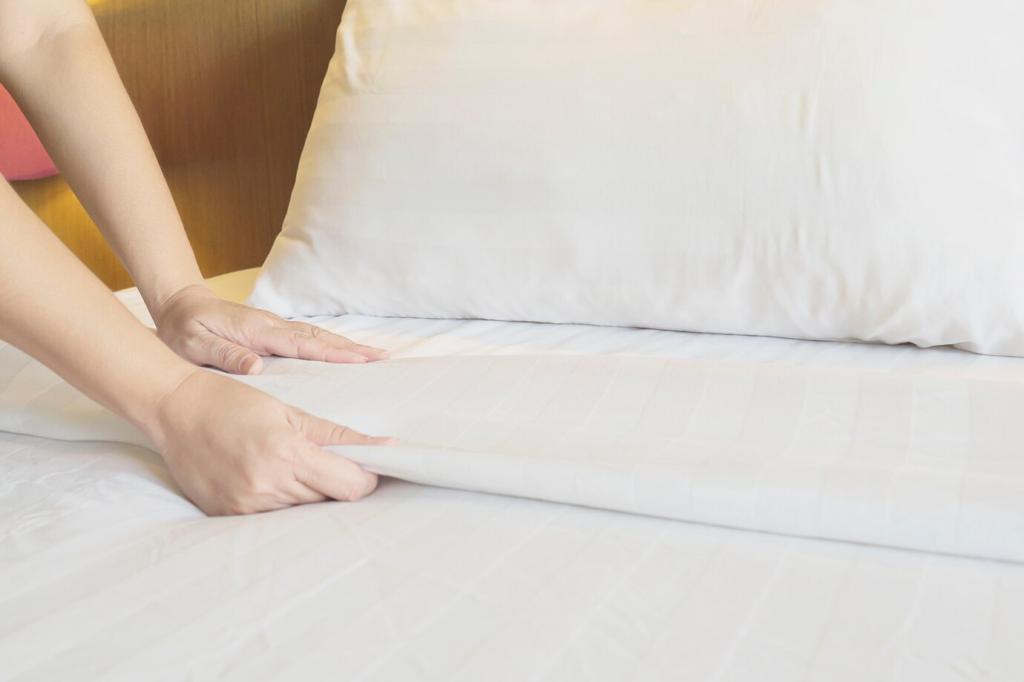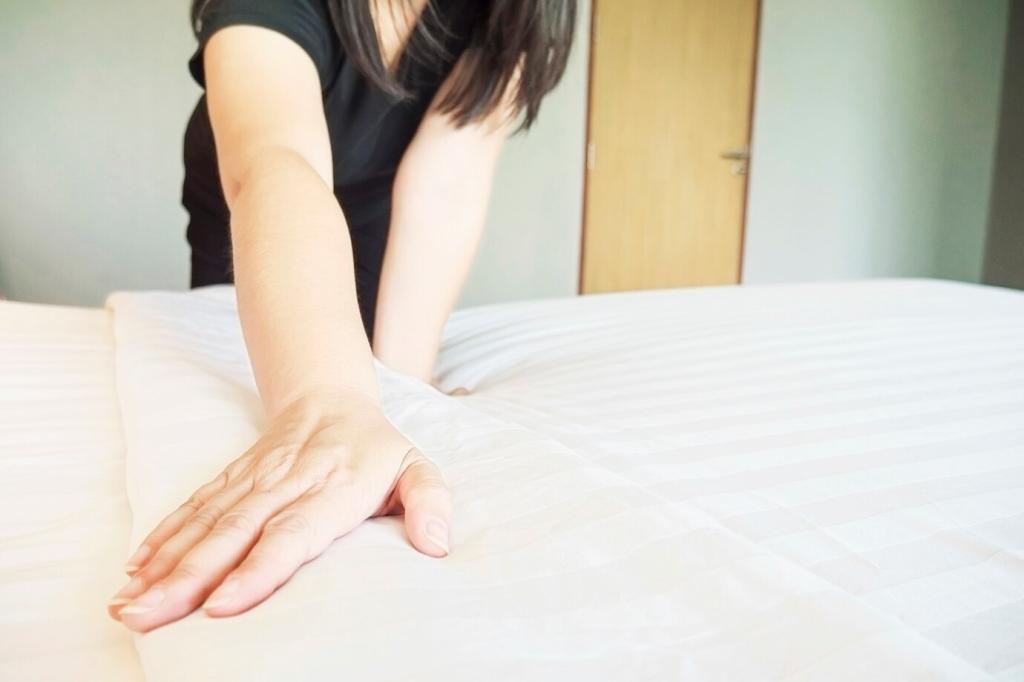Freshness Without Harsh Chemicals
Tuck lavender or cedar sachets on shelves, not inside folded layers. Aromas migrate without direct contact, keeping fibers pristine. Do you blend herbs for custom sachets? Post your favorite recipe, and we’ll feature community blends in a dedicated roundup.
Freshness Without Harsh Chemicals
On a dry day, briefly air stored bedding away from direct sun, then return it to its bag. This resets freshness without overwashing. Tell us how often you refresh—your rhythm might be perfect for someone living in a similar climate.
Freshness Without Harsh Chemicals
Skip heavy fabric sprays that can attract dust or leave residue. If you must, spritz into the air and let the mist settle indirectly. Subscribe for our upcoming guide to subtle linen waters that respect delicate finishes and natural fibers.






